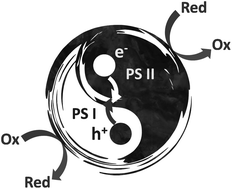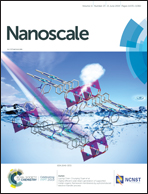Latest progress in constructing solid-state Z scheme photocatalysts for water splitting
Abstract
Artificial Z scheme photocatalysis has been considered as a promising strategy for producing the clean energy source of hydrogen gas. The core of the Z scheme is a two-step excitation process in a tandem structured photosystem aiming to satisfy both the criteria of wide range solar spectrum absorption and strong thermodynamic driving force for photolysis reactions. Therefore, efficient connection and matching between the two photosystems is the key to improve the photocatalytic activity. Recently, new progress has been achieved concerning the principles and applications of state-of-the-art solid-state Z schematic systems to enhance the photocatalytic efficiency and repress competitive reactions. This review summarizes the latest approaches to all-solid-state Z schemes for photocatalytic water splitting, including new tandem structures, new morphologies, and new connection modes to improve light absorption as well as carrier transportation. The challenges for developing novel high performance Z scheme photocatalysts are also discussed.

- This article is part of the themed collection: Recent Review Articles


 Please wait while we load your content...
Please wait while we load your content...